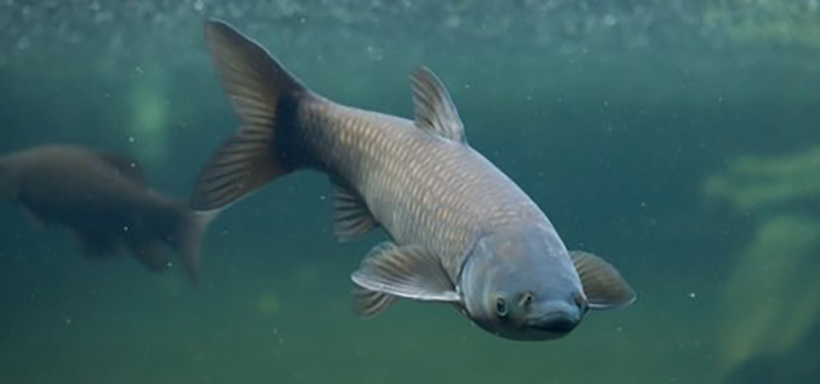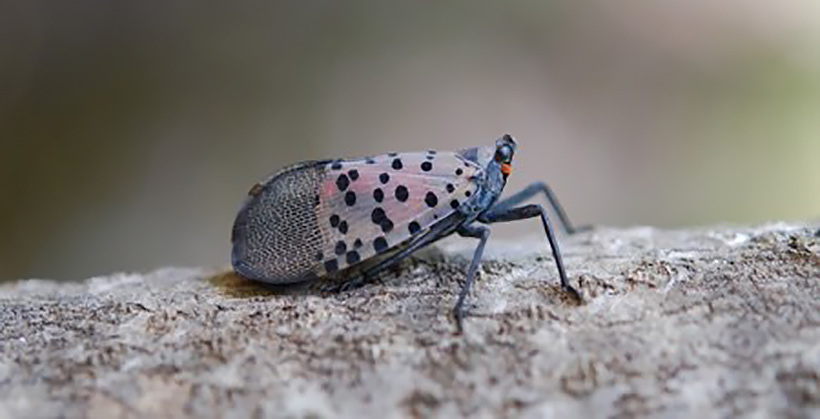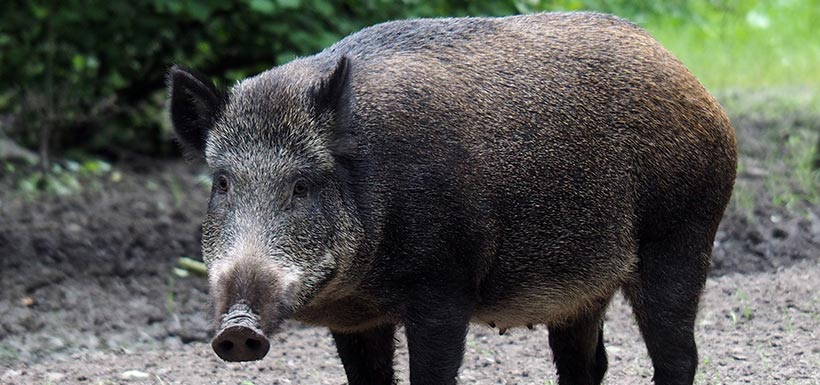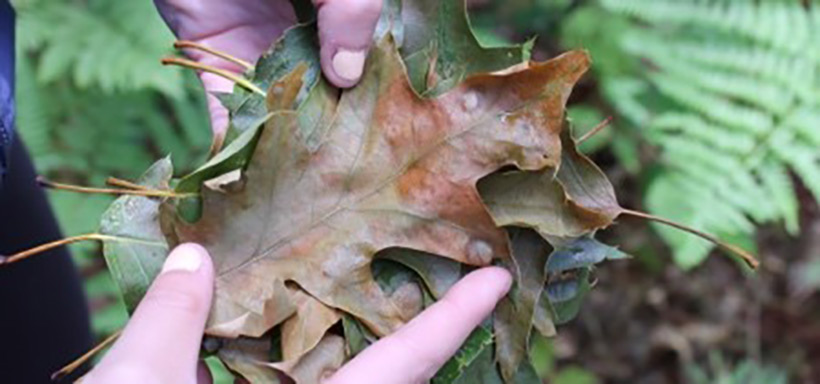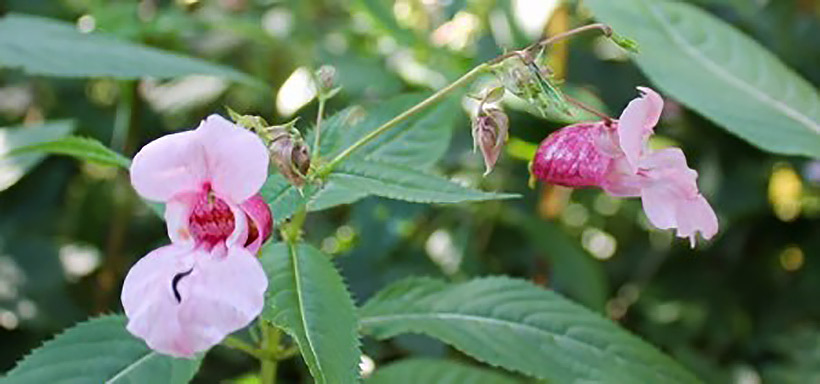Plant persistence: Reflecting on the International Year of Plant Health
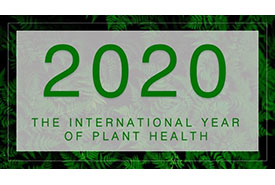
Graphic by Invasive Species Centre
Of all plants, trees fascinate me the most. I think of the California redwood, standing at enormous heights, resilient and impenetrable. I think of Madagascar’s baobab, evolving in isolation and its branches resembling roots. I think about the pines, oaks and hemlocks I often see while hiking in my home province of Ontario. I don’t, however, often think about what our world would look like without them.
The year 2020 was declared the International Year of Plant Health by the International Plant Protection Convention of the United Nations. Perhaps now, when the health of our forests and other ecosystems are being tested around the world, it is the right time to reflect on the human-plant relationship by acknowledging and appreciating their value to all beings on Earth.
Related content
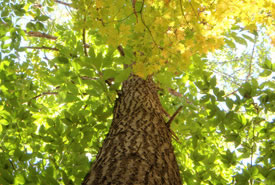
American chestnut (Photo by Norfolk County)
The International Year of Plant Health is of particular interest to the Invasive Species Centre, because invasive species are a leading threat to plant health. As humans rely on plants for so much, we often feel the impact of these threats.
Take, for instance, the introduction of a species of fungus into North America, commonly known as Dutch elm disease, which marked a significant event in the history of forestry. It arrived in the 1930s and spread via insects, including the invasive European elm bark beetle. The fungus has since reached elms from Nova Scotia to Saskatchewan, changing the way we view urban forestry and invasive species management.
American chestnut, which ruled many of the hardwood forests of the eastern U.S., fell victim to a fungal infection called “blight.” Today, only people in their 80s or 90s may have had a first-hand sighting of this monumental tree at maturity. And butternut canker, the symptom of a fungal infection, was introduced to North America in 1967, quickly spreading throughout the tree’s native range. The fungus restricts the flow of water and nutrients and ”strangles” the tree, eventually killing the majority of hosts. Today, butternut is classified as an endangered species in Canada.
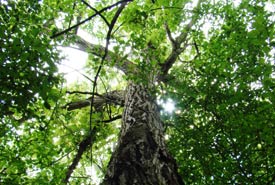
Butternut (Photo by NCC)
Historically, plants fuelled fires, became our tools and shelters, then became a commercial good. Plants now make up the majority of our diets and derive nearly half of all modern medications.
Appraising ecosystem services, in which plants perform a large role, would likely result in a dollar value far greater than that of the entire global economy. The diverse structural properties of trees serve as habitats that support wildlife, insects, fungi and plant undergrowth. Plants stabilize soils and prevent erosion, protecting our natural landscapes. And their roles in the nutrient and water cycles are invaluable. Improved technologies and research capabilities now allow us to better assess plant vulnerability and learn how we can best lend a hand in the future.
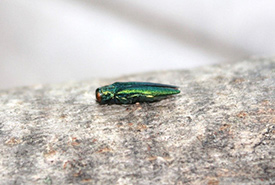
Emerald ash borer (Photo courtesy Invasive Species Centre)
At the Invasive Species Centre, the species that we study and bring to the public's attention affect the health of Canada’s plants in many ways. Invasive plants like European buckthorn and garlic mustard form monocultures that suffocate other plant species. Emerald ash borer has killed tens of millions of North America’s ash trees, with billions more at risk. Grass carp eat 40 per cent of their body weight in aquatic vegetation daily and can alter wetlands and other aquatic ecosystems. Spotted lanternfly, spreading throughout the eastern U.S. and South Korea, has an appetite for trees and vital crops. And oak wilt, the symptom of a fungal infection, threatens all North American oak species.
As I reflect on these, I think of the dynamic forests of British Columbia, the temperate Acadian old-growth forest, and, of course, the vast expanse of land occupied by our great boreal forest. And I am thankful for what they offer.
The International Year of Plant Health is a unique opportunity for Canadians, and others around the globe, to take a more active role in promoting and preserving plant health in their communities. Join the conversation, and let’s make every year a year of plant health!
In the spirit of appreciating plants, I have included some photos about invasive species that are impacting the health of native plants.
You can find more information about invasive species and best management practices here. Learn more about invasive species threatening Canada’s natural spaces from the Invasive Species Centre’s e-newsletter.
If you think you’ve seen an invasive species, report it!

